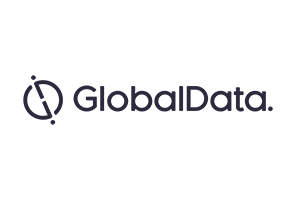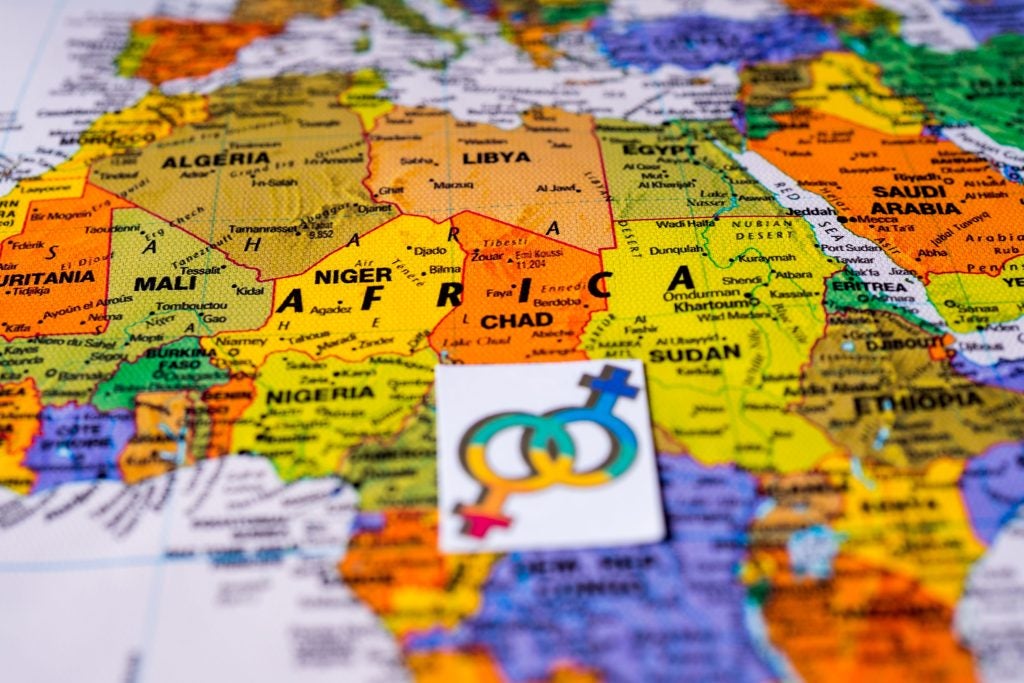
The haemophilia A and B market is projected to witness a substantial growth in the number of newcomers who will capture market share from established companies, according to a report by GlobalData.
Titled ‘PharmaPoint: Hemophilia A and B – Global Drug Forecast and Market Analysis to 2026’, the report forecasts the haemophilia A and B market to reach $8bn by 2026.
The haemophilia market has been historically characterised by a high level of brand loyalty, with established companies investing in sponsorship programmes, patient communities and co-pay assistance programmes to retain the loyalty.
Adoption of long-acting factor concentrates was low when compared to short-acting recombinant factors due to the lack of clinical efficacy data, explains Chiara Marchetti, PhD, Healthcare Analyst for GlobalData.
The convenience offered by these long-acting factors, however, is expected to help new entrants such as Bioverativ and Roche to establish themselves in the market. Long-acting clotting factor IX has already started overtaking products of established companies such as Pfizer in the US.
Sales of several established players, including Shire, which acquired market leader Baxalta, as well as those of Novo Nordisk, Pfizer, Bioverativ / Sobi and Bayer were lower when compared to newcomers.
How well do you really know your competitors?
Access the most comprehensive Company Profiles on the market, powered by GlobalData. Save hours of research. Gain competitive edge.

Thank you!
Your download email will arrive shortly
Not ready to buy yet? Download a free sample
We are confident about the unique quality of our Company Profiles. However, we want you to make the most beneficial decision for your business, so we offer a free sample that you can download by submitting the below form
By GlobalDataThe competitive landscape in the haemophilia market is expected to intensify during the forecast period with the launch of new products from new entrants. The report further predicts Roche to overtake Shire to become a major player in the haemophilia market by 2026 with global sales of approximately $2.5bn.
Bioverativ is expected to be become the second biggest with global sales of $1.4bn by 2025.







